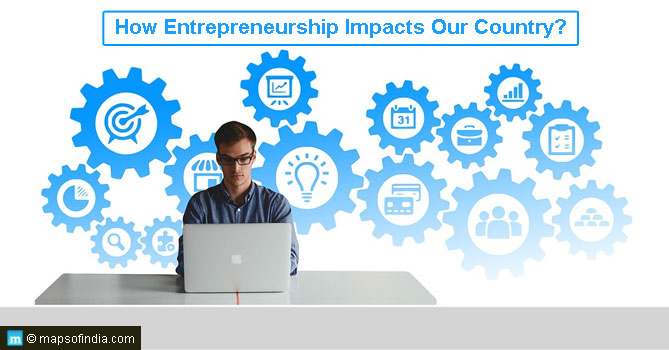The Reserve Bank of India (RBI) has decided to promote broader non-resident participation in the bonds by allowing qualified overseas investors to purchase Sovereign Green Bonds through the International Financial Services Centre (IFSC).
What are green bonds?
Financial instruments known as “Green Bonds” are intended to raise money for environmentally beneficial projects. Governments, cities, businesses, or financial institutions often issue these bonds to finance initiatives like sustainable agriculture, energy efficiency, clean transportation, and renewable energy.
Benefits of Green Bonds
There are many advantages to purchasing green bonds. The first benefit is investing in sustainable development and matching investment portfolios to environmental ideals. Second, Green Bonds frequently offer competitive financial returns while aiding in the shift to a low-carbon economy. Green Bond purchases can also help issuers gain a better reputation and draw more socially conscious investors.
What is India’s sovereign green bonds framework?
The revenues of these green bonds will be used to mobilize funds for green infrastructure, as initially promised in the Union Budget 2022–2023. By issuing green bonds, the goal is to raise Rs 16,000 crore by the current fiscal year, which ends in March 2023.
Sovereign Green Bonds are a way for the Government of India (GoI) to raise capital from potential investors to fund public sector initiatives that lower the economy’s carbon intensity. This Green Bond Framework (Framework) outlines the duties of the Indian government as a Green Bond issuer. The Framework is applicable to every sovereign Green Bond that the Indian government issues. Principal and interest payments on issuances made in accordance with this Framework are made regardless of how well the qualified projects perform. Bond buyers who purchase under this framework do not bear project-related risks.
The framework complies with four of the principal recommendations of the International Capital Market Association’s (ICMA) Green Bond Principles (2021). According to these guidelines, the issuer should outline a transparent procedure and provide sufficient information so that banks, investors, and other stakeholders may comprehend the features of the green bond.
The framework outlines the responsibilities of the Indian government as an issuer of green bonds. By standard treasury policy, the proceeds from the sale of green bonds will be placed in the Consolidated Fund of India (CFI), from which money will be released for the approved green projects.
Commitments before SGBF
Before that, Prime Minister Narendra Modi declared India’s pledges under “Panchamrit” to cut carbon emissions at the COP26 in November 2021. The prime minister made a series of five pledges known as Panchamrit during the Conference of Parties (COP26) in Glasgow, UK.
What are the eligible projects?
- The government’s investment, subsidies, grants-in-aid, tax foregone (or a mix of all or some of these), and operating expenses will all be eligible green expenditures.
- R&D investments made in public sector initiatives that assist in lowering the economy’s carbon intensity and help the nation achieve its Sustainable Development Goals (SDGs) are also covered under the framework.
- The government spending no more than 12 months before the green bonds were issued will be the only acceptable expenditure.
- Excluded industries include those producing nuclear power, landfills, the alcohol, weaponry, tobacco, gaming, and palm oil sectors, and hydropower plants with a more than 25 MW capacity.
The implementing agency
The Ministry of Finance has established a Green Finance Working Committee (GFWC) headed by the Chief Economic Advisor and comprising representatives from pertinent ministries. The GFWC shall convene at least twice a year to assist the Ministry of Finance with project selection and evaluation and other Framework-related tasks.





